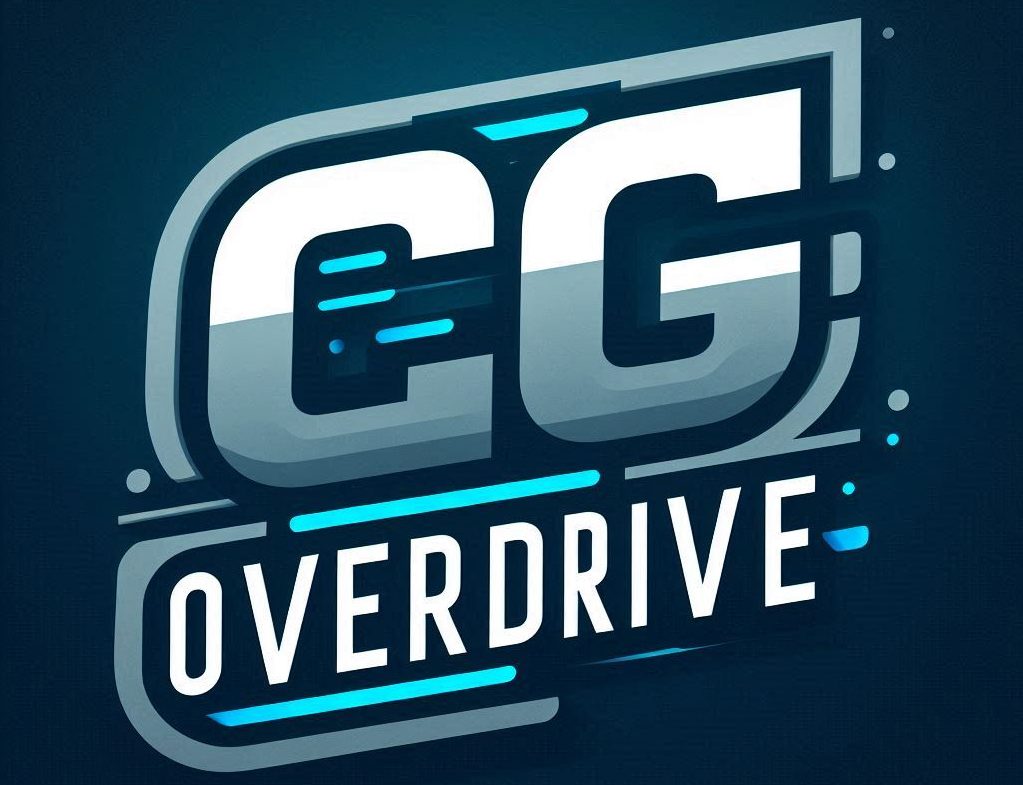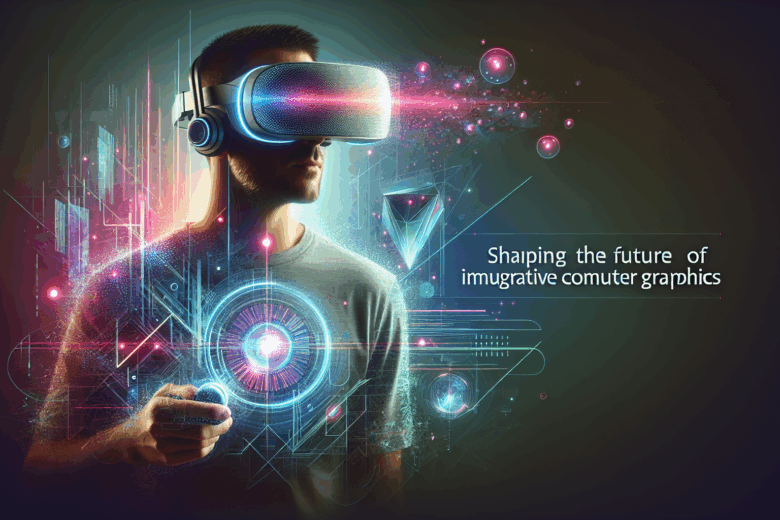Virtual Reality: Revolutionizing the Future of Computer Graphics
Virtual Reality (VR) stands at the crossroads of innovation in the computer graphics industry, transforming not only how we consume media but also how we create and experience digital environments. Its significance stems from the ability to immerse users fully in computer-generated worlds, blurring the boundaries between reality and simulation. For creators and technologists, VR is an exhilarating frontier, opening new dimensions in storytelling, design, and interactive experiences.
Why Virtual Reality is a Game-Changer in Computer Graphics
Unlike traditional computer graphics displayed on flat screens, VR leverages stereoscopic 3D rendering, positional tracking, and real-time environmental interaction to foster an unparalleled sense of presence. This immersive quality pushes the boundaries for CG artists and developers to craft more believable virtual spaces. The natural implications ripple through industries—gaming becomes emotionally gripping, visual effects acquire new layers of depth, and training simulations gain heightened realism.
Key technological pillars that empower VR in computer graphics include:
– **Real-time Rendering**: High-performance GPUs render complex scenes instantly to maintain immersion.
– **Spatial Audio**: Dynamic soundscapes synchronized with user movement enhance realism.
– **Haptic Feedback**: Touch sensations implemented through specialized controllers elevate interaction authenticity.
– **Positional Tracking**: Accurate monitoring of head and hand movements allows seamless navigation of 3D space.
Crafting Immersive VR Content: Expert Techniques and Best Practices

Creating successful VR experiences demands an intricate balance of artistic vision and technical execution. Here are critical strategies derived from industry veterans that empower creators to deliver compelling virtual environments:
1. **Optimize Performance Without Sacrificing Detail**
VR requires consistent frame rates above 90 FPS to prevent motion sickness and maintain immersion. Use level-of-detail (LOD) techniques, where object’s polygon counts adapt based on distance, to keep scenes rich yet efficient. Employ baked lighting for static elements and dynamic lighting selectively for movable objects.
2. **Design for User Comfort and Accessibility**
Avoid cramped or overly complex environments. Scale virtual spaces following ergonomic principles—the average human reach and movement speed—to reduce physical strain. Incorporate customizable settings, such as adjustable locomotion speeds and comfort modes for mitigating VR sickness.
3. **Focus on Natural Interaction Paradigms**
Leverage intuitive hand gestures and voice commands to simulate real-world interactions. Avoid abstract controls that break immersion. Consider cross-modal cues like combining visual, auditory, and haptic feedback to reinforce user actions.
4. **Prioritize Storytelling and Narrative Engagement**
Innovative VR experiences transcend visuals. Craft narratives that adapt triggered by user decisions, increasing emotional investment. Use spatial storytelling techniques where environment design conveys plot and character development non-verbally.
VR and Gaming: Driving the Future of Interactive Computer Graphics
Gaming is arguably where VR has made the most profound impact within computer graphics, challenging developers to rethink gameplay mechanics and world-building. VR gaming introduces complex challenges, from real-time rendering of expansive open worlds to handling network latency in multiplayer setups.
**Table: Comparing Traditional Gaming vs. VR Gaming Demands**
| Aspect | Traditional Gaming | VR Gaming |
|———————–|—————————————————|—————————————————-|
| Display | Flat 2D screens, single viewpoint | Stereoscopic 3D with positional head tracking |
| Interaction | Controller button inputs | Hand tracking, gestures, voice commands, haptics |
| Performance | 30-60 FPS to maintain fluidity | Minimum 90 FPS to avoid motion sickness |
| Player Immersion | Visual and auditory cues | Fully immersive, multi-sensory engagement |
| UI/UX Design | HUDs and menus overlaid on screen | Diegetic UI embedded naturally in the environment |
Successful VR game development hinges on blending technical prowess with design creativity—maintaining immersion while coping with hardware limitations. Titles like “Half-Life: Alyx” showcase how photorealistic computer graphics paired with detailed physics simulations and interactive storytelling produce genre-defining experiences.
Visual Effects in VR: Beyond Traditional CG Boundaries
Visual Effects (VFX) in VR pose unique creative opportunities and technical challenges for artists familiar with conventional film or game pipelines. Since VR scenes are rendered in real-time from any angle, static effects must become dynamic and interactive.
Considerations for VR Visual Effects:
– **Particle Systems**: Effects like smoke, fire, and dust demand volumetric rendering and physics-based behavior to appear believable in 360°.
– **Lighting and Shadows**: Real-time global illumination techniques improve scene realism but must be carefully optimized.
– **Post-Processing Effects**: VR-compatible bloom, depth-of-field, and motion blur must avoid inducing discomfort.
– **Environmental Effects**: Dynamic weather or destructible environments increase player immersion but require sophisticated physics engines.
The move towards photorealism in virtual reality relies heavily on integrating next-gen visual effects with high-fidelity computer graphics engines, such as Unreal Engine and Unity, both actively developing VR-optimized toolsets.
Tools and Technologies Accelerating VR Content Creation
Leveraging the right software and hardware provides creators the leverage to push the limits of VR storytelling and simulation.
| Category | Leading Tools & Hardware | Purpose/Advantage |
|———————-|——————————————————|——————————————————-|
| 3D Modeling | Blender, Maya, 3ds Max | Detailed asset creation with VR export compatibility |
| Game Engines | Unreal Engine, Unity | Real-time scene rendering and interaction scripting |
| VR Hardware | Oculus Quest 2, Valve Index, HTC Vive Pro | Immersive experience delivery and precise tracking |
| Motion Capture | Vicon, Rokoko | Realistic animation input from live actors |
| Audio Design | Wwise, FMOD | Spatial audio integration critical for immersion |
Adopting modular workflows that allow iterative testing directly in VR can save time and enhance content quality early in development cycles.
Empowering Creators to Innovate in VR Computer Graphics
To thrive in the VR space, creators should embrace continuous learning and experimentation:
– **Stay Updated on Hardware Advances**: Next-gen VR headsets with higher resolution and lighter form factors expand creative possibilities.
– **Explore AI-Driven Tools**: AI accelerates asset generation, texture creation, and animation, freeing artists to focus on creativity.
– **Engage with Cross-Disciplinary Teams**: Collaboration between CG artists, programmers, sound designers, and UX experts yields richer experiences.
– **Participate in VR Communities**: Forums and hackathons foster sharing of breakthroughs and problem solving.
“Virtual Reality is the first step in a grand adventure into the landscape of the imagination.” – Frank Biocca
Such visionary insights remind us that VR is far beyond a technology—it’s a new artistic medium.
Final Thoughts on VR’s Legacy in Computer Graphics
As Virtual Reality matures, its influence on computer graphics intensifies, redefining aesthetics, interactivity, and user experience paradigms. For those passionate about shaping the future of digital worlds—whether in gaming, visual effects, or industrial applications—VR provides a dynamic canvas for creativity combined with technical innovation.
By mastering VR’s unique demands and harnessing its immersive power, creators don’t just build virtual spaces—they pioneer new frontiers in storytelling and human connection through computer graphics. The journey is ongoing, and the possibilities are as boundless as the virtual realms we bring to life.

